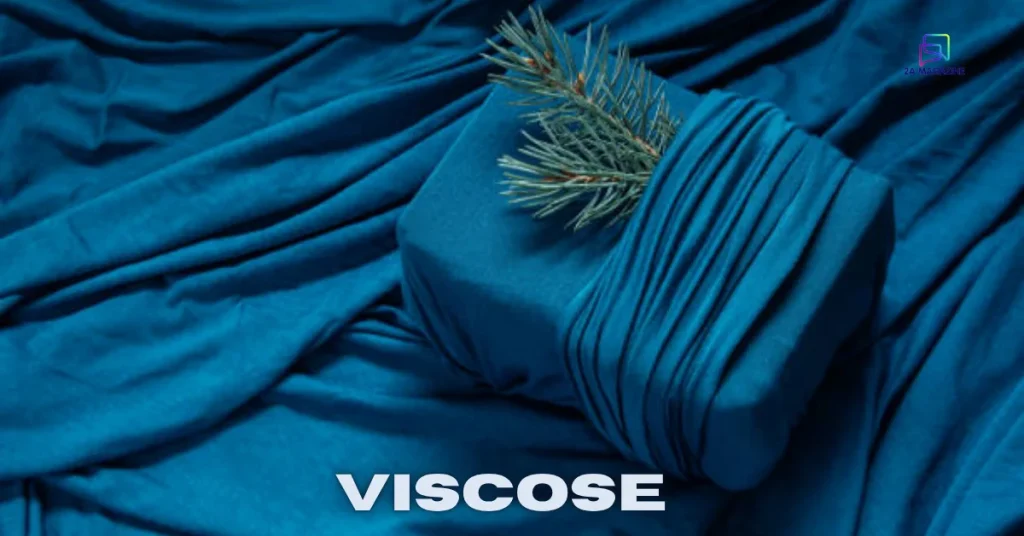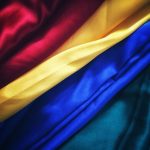Introduction to Viscose Fabric
Viscose is a fabric that many of us have encountered, whether in our favorite blouses, dresses, or even bed linens. Known for its luxurious softness and drape, it feels incredible against the skin. But behind this appealing facade lies a more complex story that deserves attention. As we delve into the world of viscose, it’s essential to uncover not just its beauty but also the significant impacts it has on our environment and those who produce it.
As consumers become increasingly conscious about sustainability and ethical practices in fashion, understanding viscose’s journey from forest to fabric becomes crucial. From its manufacturing process to labor conditions in factories, there are layers beneath its silky surface that call for scrutiny. Join us as we explore these dimensions and discuss how we can make informed choices when selecting fabrics for our wardrobes.
There’s so much more to discover—browse our related posts!
The Manufacturing Process of Viscose
The manufacturing process of viscose is fascinating, yet complex. The process starts with cellulose, typically extracted from plant sources such as bamboo or beechwood trees. The cellulose undergoes a series of chemical treatments to break it down into a soluble form.
Next comes the xanthation stage, where the treated cellulose is mixed with sodium hydroxide and carbon disulfide. This mixture creates a viscous solution that gives the fabric its name.
Once prepared, this solution is forced through spinnerets—tiny holes—to create long strands of fiber. These fibers are then regenerated and solidified in an acid bath before being washed and dried.
After drying, they can be spun into yarn for weaving or knitting. Despite its soft texture and luxurious feel, this process poses environmental challenges that can’t be overlooked as we explore further into its impact on our planet.
Environmental Impact of Viscose Production
The environmental impact of viscose production is significant and often overlooked. This fabric, derived from wood pulp, has a complex manufacturing process that raises concerns.
Forests are frequently harvested unsustainably to source the raw materials needed for viscose. This deforestation contributes to habitat loss and biodiversity decline. The extraction of trees disrupts ecosystems and threatens wildlife.
In addition, the manufacturing stage relies on hazardous substances, including carbon disulfide and sodium hydroxide. These substances can pollute air and waterways if not managed correctly. Many factories lack proper waste treatment systems, leading to contaminated rivers that harm local communities.
Water usage in viscose production is also alarming. Large quantities are required during processing, exacerbating water scarcity issues in vulnerable regions where these factories operate.
Addressing these challenges requires transparency from manufacturers and accountability in sourcing practices. Raising awareness about the true cost of viscose is crucial for making more sustainable choices as consumers.
Labor Rights and Working Conditions in Viscose Factories
The production of viscose fabric raises critical concerns about labor rights and working conditions. Many factories are located in countries where regulations may be lax.
Workers often face long hours, minimal pay, and hazardous environments. Exposure to toxic chemicals used in the manufacturing process poses significant health risks. Sadly, these workers frequently lack proper safety equipment or training.
Reports have surfaced about child labor and exploitation within some viscose supply chains. Vulnerable communities bear the brunt of these injustices as they seek employment for survival.
Efforts are being made to improve conditions through various initiatives, but progress is slow. Transparency remains a challenge for many brands that source viscose globally.
Consumers increasingly demand ethical production practices. This pressure could prompt change across the industry if more people become aware of the realities behind their clothing choices.
Want even more tips and info? Our blog has you covered!
Brands and Companies Using Viscose
Many well-known brands incorporate viscose into their collections. This fabric is favored for its softness and versatility, making it a staple in various clothing lines. High-street retailers often use viscose for dresses, blouses, and trousers.
Luxury fashion houses also embrace this material. Their designers appreciate the way viscose drapes and flows, enhancing the elegance of their creations. However, such widespread usage raises important questions about sustainability and ethical sourcing.
Brands are increasingly under scrutiny regarding their supply chains. Consumers demand transparency about where materials come from and how they are produced. Some companies have taken steps to adopt more responsible practices when using viscose.
As awareness grows, many labels strive to find sustainable sources or alternatives that minimize environmental harm while still delivering quality products that customers love.
Sustainable Alternatives to Viscose Fabric
Sustainable alternatives to viscose fabric are gaining traction as consumers become more eco-conscious. Tencel, made from sustainably sourced wood pulp, offers a soft feel similar to viscose but with a lower environmental footprint.
Another option is organic cotton, which uses natural farming methods and avoids harmful pesticides. This fabric is not only breathable but also biodegradable.
Bamboo fabric has risen in popularity as well. When processed responsibly, it can be an excellent alternative that requires less water than traditional crops.
Recycled polyester is another innovative solution. It repurposes plastic waste into usable textile fibers, reducing the demand for virgin materials while helping tackle ocean pollution.
Each of these alternatives provides unique benefits without compromising on quality or comfort, giving consumers more choices aligned with their values and lifestyle preferences.
Conclusion: Making Informed Choices as Consumers
As consumers, our choices hold immense power. When it comes to fabric like viscose, understanding its journey from forest to finished garment is crucial. The allure of its softness and versatility can easily overshadow the environmental and ethical implications tied to its production.
By being aware of the impact that viscose has on forests and communities, we can make more informed decisions about what we wear. It’s essential to consider brands that prioritize sustainability and fair labor practices in their supply chains.
Exploring sustainable alternatives allows us not only to enjoy quality materials but also contribute positively towards a healthier planet and better working conditions for all involved in the textile industry. Every purchase is an opportunity—an opportunity for change, awareness, and responsibility as conscious consumers navigating a complex market landscape.
Don’t miss out on more great reads—click through our featured posts!







